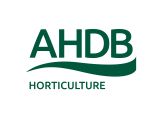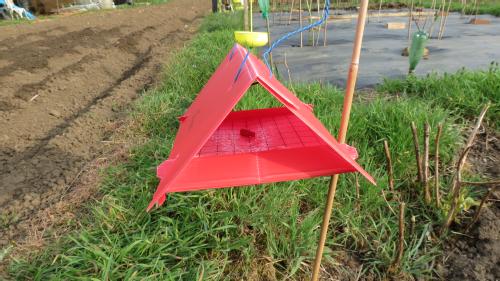Swede midge
The swede midge, Contarinia nasturtii, is a small galling fly (1.5–2 mm) whose larvae feed on various members of the Brassica family, including a number of weeds and economically-important crop species (e.g. cabbage, cauliflower, broccoli, kale, swede and oilseed rape). In the UK, swede midge is recognised as a local and sporadic crop pest. Infestations are usually minor but can vary considerably in severity each year. In North America, swede midge is an invasive pest and has become a serious issue. For example, individual crops can incur considerable damage, with up to 85% losses. A review of swede midge biology and management.
Damage
In plants, typical damage symptoms by swede midge larvae include: swollen, distorted or twisted young shoots and petioles, death of the meristem causing blind heads and growth of the side shoots to cause many-necked plants, brown scarring on the petioles or stems and the development of secondary bacterial rots. Some of these symptoms may be confused with common physiological conditions (e.g. heat stress), nutritional deficiencies (e.g. molybdenum deficiency), mechanical plant damage and/or feeding damage by other pest insects.
Life-cycle
Typically, the swede midge undergoes three generations in a year. In the UK, the larvae of the third generation overwinter in cocoons in the soil and pupate the following spring in response to rises in temperature and soil moisture. Adults may emerge as early as late May but often begin to fly during early to mid-June. Adults have short life spans, often only 1–3 days, in which time they mate and lay eggs on their host plants. The swede midge completes its entire life cycle in around a month, therefore in the UK, the second generation is usually produced in July and the third in August. Life cycle duration, however, can vary depending on environmental variables such as temperature, humidity and rainfall.
Monitoring
Pheromone traps can be used to monitor the presence of swede midge and the relative numbers in the field. As the traps only attract males, their ability to reduce damage caused by swede midge is limited. Once captured, microscopic identification is required to distinguish between male swede midge adults and other species of fly that may accidentally enter the trap. Pheromone traps should be placed at 30 cm above the ground, as swede midge is a relatively low-flying insect, and individual traps should be at least 50 m apart in the field.
The AHDB supported a swede midge monitoring network in 2020 and 2021.
Forecasting
In Europe, the timing of insecticide application may be informed by the Contapré model, which uses day-degrees to predict the emergence of adult swede midge. The model is based on the mean daily soil temperature at a depth of 5 cm and the lower threshold for midge development of 7.2°C. The model starts to accumulate day degrees when daily maximum soil temperature (at a depth of 5 cm) exceeds 20°C and there is ≥11 mm of rain within three days. Adults are expected to emerge once 160 day-degrees have been accumulated. Validation of the model was carried out in Germany under irrigated field conditions. Model predictions were accurate within 2–3 days. However, the Contapré model did not perform accurately in Canada under non-irrigated conditions. It is possible that this was due to there being more than one emergence type and/or a delay in pupal development in dry soils during periods of low or no rainfall. In Canada, an alternative forecasting system (MidgEmerge) is employed.
As swede midge has become such a problem in North America there are some very good web sites providing information on its management. Some examples are below.
Swede Midge Website - Cornell Vegetable Program - Cornell University


